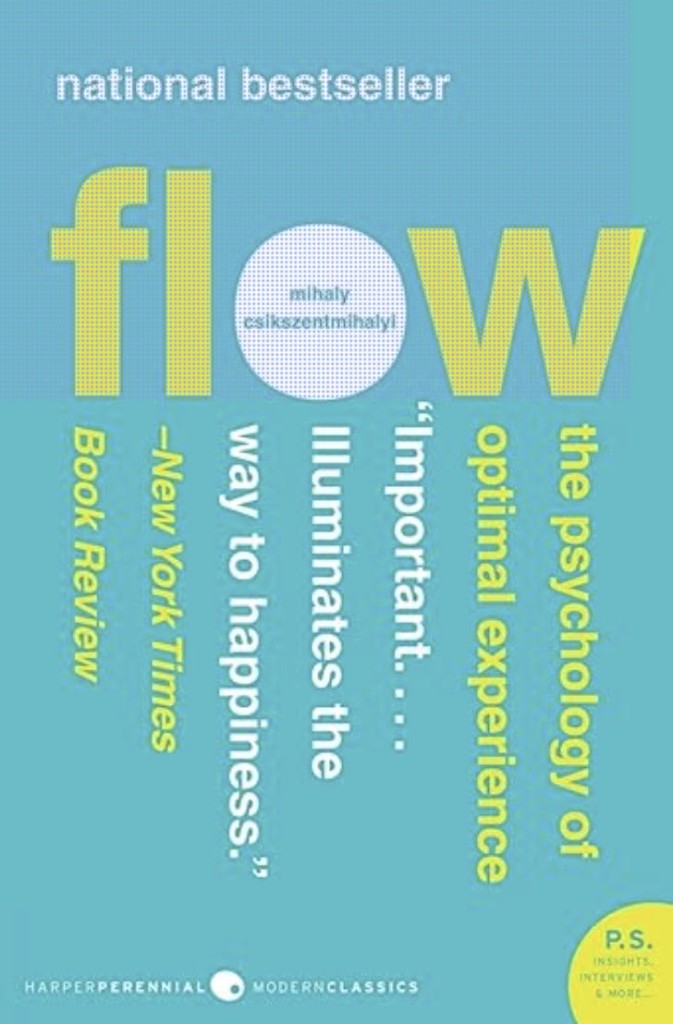I have read and quoted parts of Mihaly Csikszentmihalyi’s Flow over the last ten years. It has been on my list to read cover to cover for several years. My wife pointed out that my copy has yellowed, so it’s time to read now, better late than never :). My copy is the paperback version and is the 15th printing. It is 303 pages broken into ten chapters, a Preface, notes, references, and a postscript section. We begin the re-read today, May 18 and I plan to complete it on August 3 or 10th.
The Preface lays out the Author’s intent to tackle the ideas in the book in an accessible and less academic fashion. Unlike books we have read recently, the author does not lay out specific techniques to achieve flow in the Preface. This section is less content than framing. The goal is to state intent and to acknowledge those who have provided support.
In Flow, Csikszentmihalyi lays out his approach to total involvement. Following on the heels of our read of Deep Work, this re-read flows (pun intended). Use this week to read the acknowledgments in the Preface and Chapter 1. Next week we will dive into Chapter 1 which explores happiness.
Buy a copy of Flow by Mihaly Csikszentmihalyi (Amazon – https://amzn.to/4b5kPmb).









